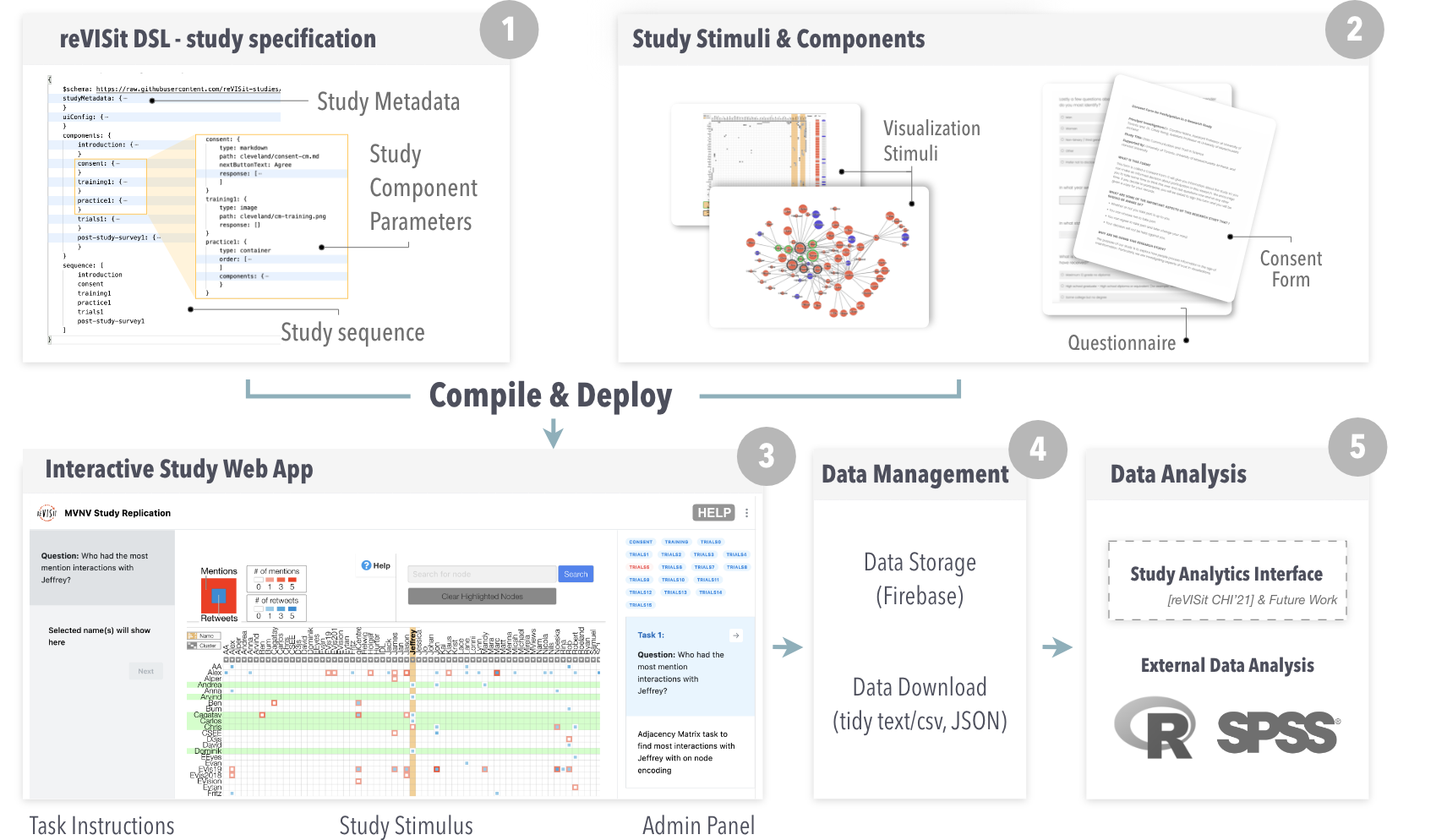ReVISit v2.3: Databases, Screen Capture, Qualitative Analysis, Styling, and More!
Today we're announcing several new reVISit features that were released in versions 2.1, 2.2 and 2.3. Major new features include an option to self-host data, remote screen-capture, a collaborative qualitative coding interface, and other features and improvements we're excited to share. For full details on the changes, look at the GitHub releases!
